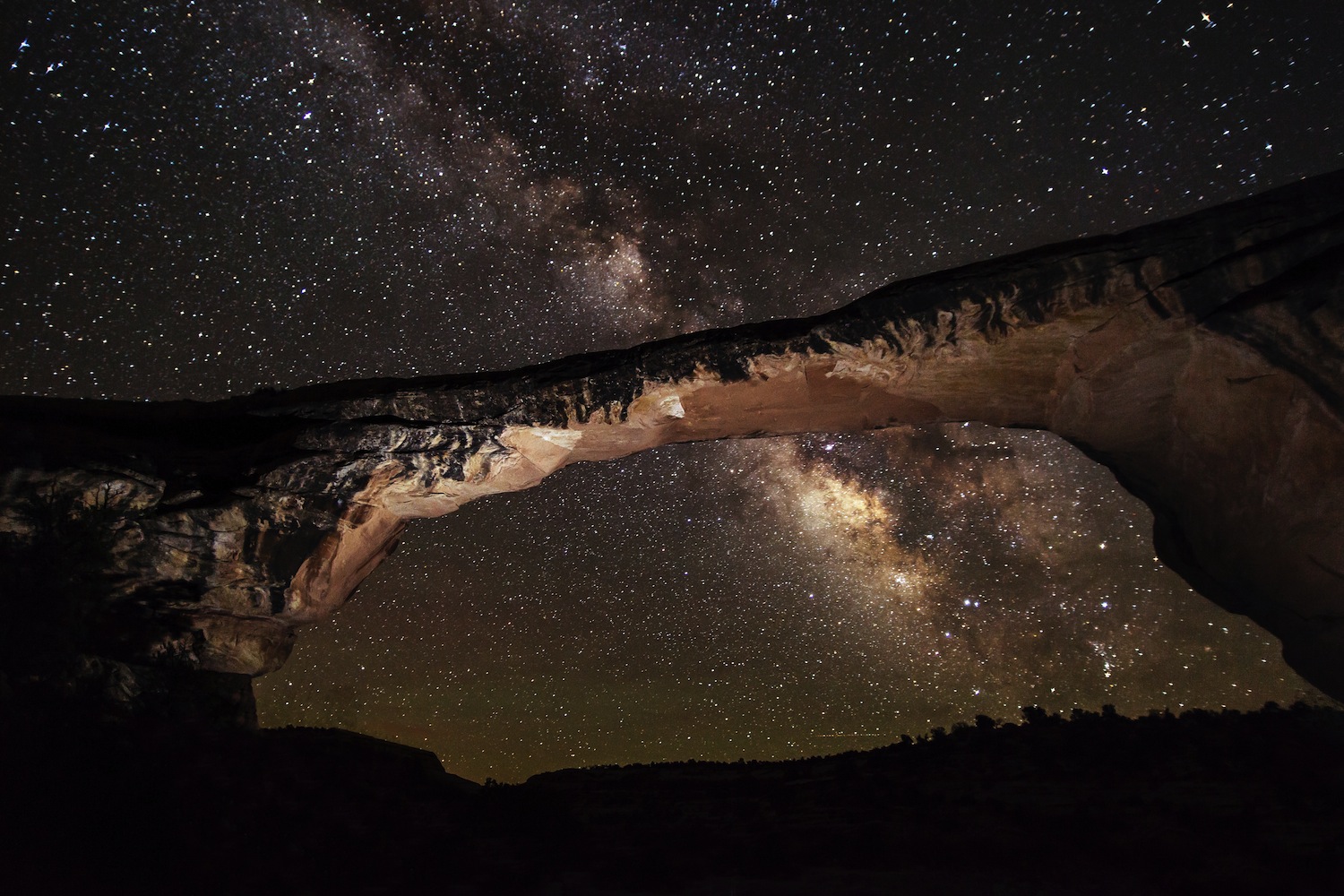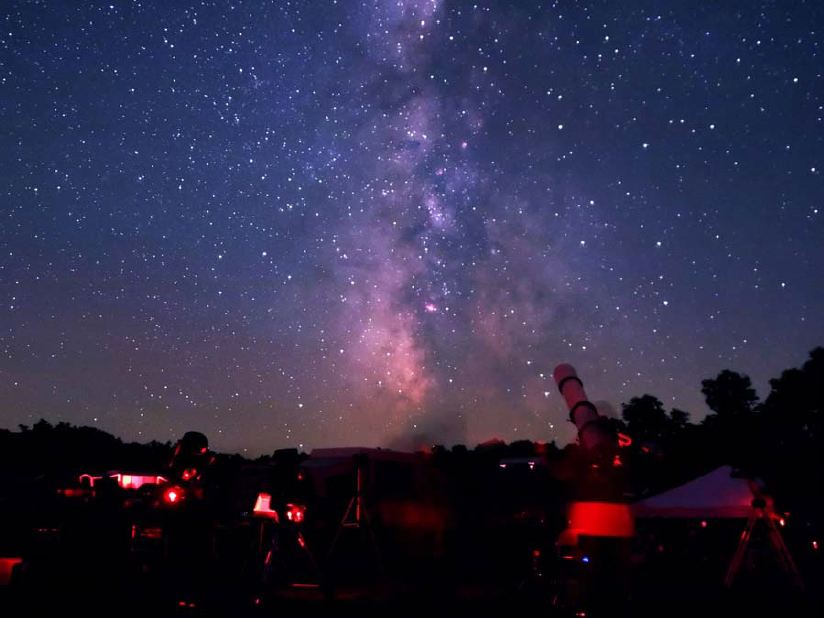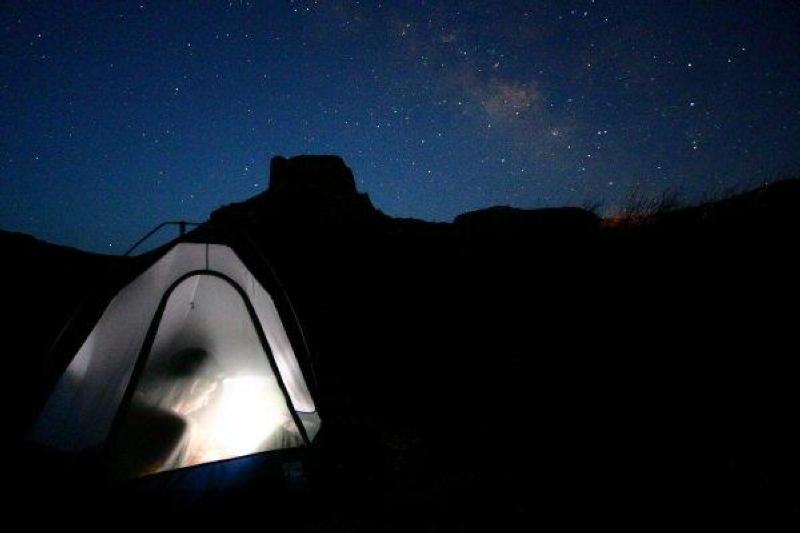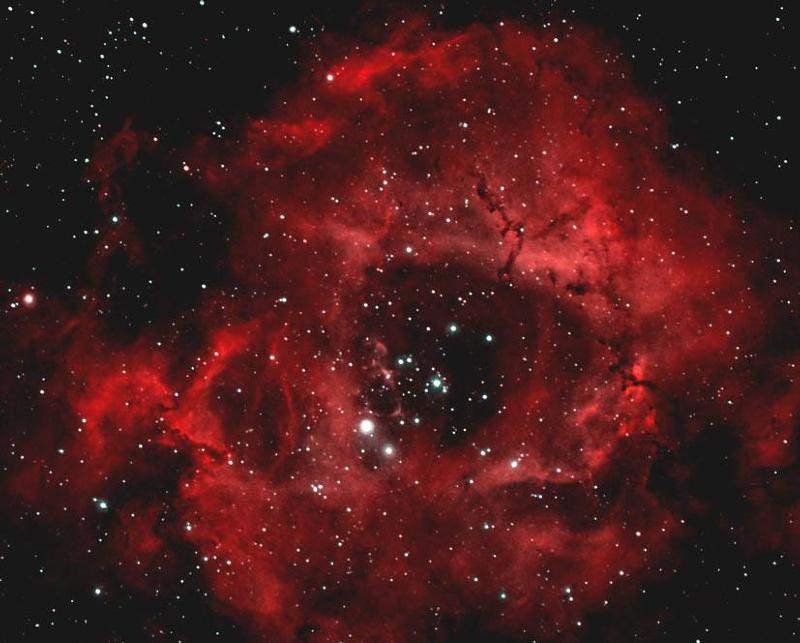Spot a Meteor: Photos of the Best Night Sky Parks
Stellar stargazing

Many of the darkest skies in the country can be found over national and state parks. Whether it's a meteor shower or the Milky Way, catching a glimpse of nighttime displays is a snap at these amazing dark sky parks. The International Dark-Sky Association has ranked these six parks as gold, with extraordinary night sky views and natural habitat. The ranking also means the parks have little impact from artificial light and skyglow, making faint meteors and other space spectacles visible at night.
Natural Bridges National Monument

The Natural Bridges National Monument in Utah was the first certified Dark Sky Park. With little artificial light pollution, it's easy to spot constellations and planets with the naked eye. Ranger-led astronomy programs provide telescopes for visitors to view more distant sky sights.
Cherry Springs State Park

Cherry Springs State Park in Pennsylvania is one of the best spots on the East Coast for stargazing. Surrounded by state forest and situated on top of a mountain, the park is far from the glow of city lights. The park hosts regularly scheduled star parties for amateur astronomers, who also provide equipment for public stargazing. Small observatories can be rented for the night as well, but it's BYOT (bring your own telescope).
Clayton Lake State Park

This New Mexico state park is in a sparsely populated cattle ranching country. During daylight hours, campers here can hike among dinosaur footprints preserved in the local rocks. At night, they can gaze at starlight that formed when dinosaurs walked the Earth. An observatory with a telescope and remote monitor provides group stargazing.
Big Bend National Park

One of the best places to peer at the Andromeda Galaxy in this Texas park is from a relaxing soak in the hot springs near Rio Grande Village. Anyone who stays up late for stargazing knows such warmth is a boon, and in this case, it's especially welcome because the clearest skies at Big Bend National Park comes during the winter months.
Rosette Nebula

An image of the Rosette Nebula taken from a pull-off just inside the west boundary of Big Bend National Park.
Death Valley National Park

Watch the Milky Way rise over stunning mountains in California's Death Valley National Park. The harsh landscape is one of the best stargazing spots in the country. During winter and spring months, before temperatures become blazing hot, rangers lead astronomy programs and offer free use of telescopes for visitors.
Get the world’s most fascinating discoveries delivered straight to your inbox.
Chaco Culture National Historic Park

This New Mexico park protects Chaco Canyon, the densest concentration of Native American pueblos in the Southwest. Stargazing among the ancient ruins is especially poignant because many buildings appear aligned with cycles of the sun and moon, which means the Chacoans also made careful astronomical observations.



